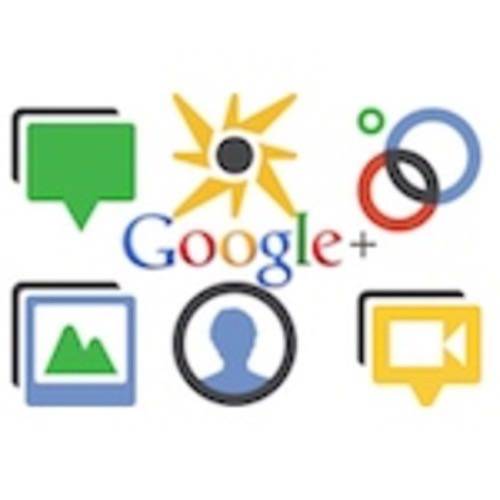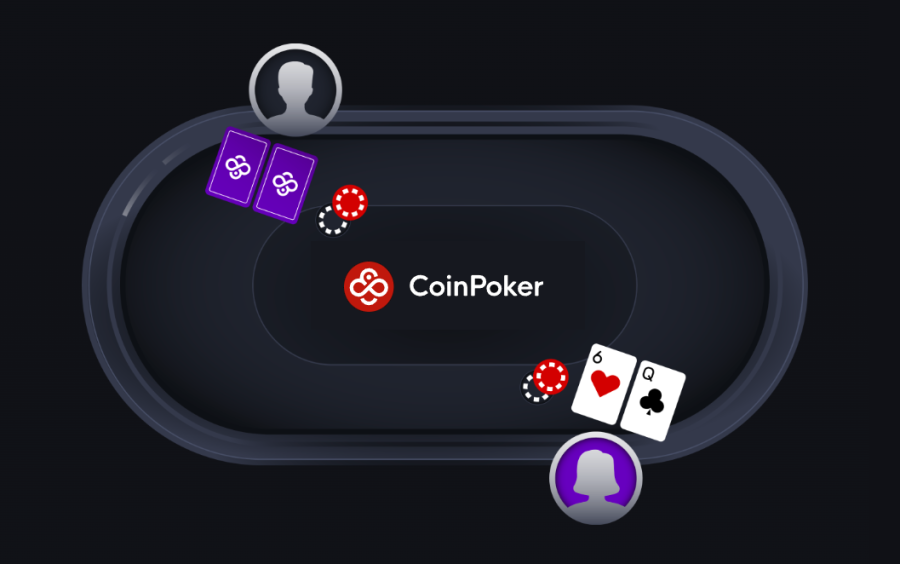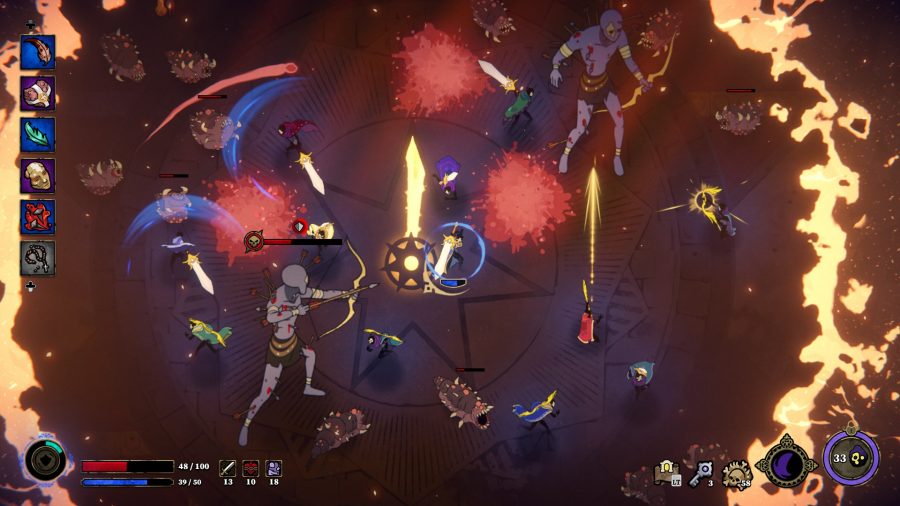With the new social networking service Google+, Google introduced the concept of Circles to allow users more control over what content is shared with whom. Baby pictures? Family Circle. Thoughts about Google Plus? Well, everyone. But the idea that only some content is (or should be) public is foreign to me. The only thing I’ve ever cared about is being able to filter the stream on the receiving end. From Twitter lists to Facebook Groups, I’ve traditionally organized people in ways that make sense to me: Apple bloggers, analysts, VCs, locals, extended family, school friends, neighbors, etc.

With Google Plus, Google now has an interesting opportunity to make similar organizational choices for me, without any manual effort on my part. In other words, I’m ready for automatic Circles. Are you?
Automatic Circles Wanted
What do I mean by “automatic Circles?”
Just think of how many signals Google could borrow to make intelligent choices about surfacing content, auto-creating Circles or recommending users. There are the people I email with, the things I star or share in Google Reader, the (Blogger) blogs I’ve commented on, read, or followed, the +1’ed items from Google Search, my friends on Picasa, the videos I liked or shared on YouTube, the places I’ve searched in Maps, the music I stream on Android, the people I chat with, the people who phone me on Google Voice (and those I ignore) and so on.
Google, if you think about it, knows a heck of a lot about you.
And I’d be willing to opt in to sharing data from one part of Google with another, especially if it meant making my life easier. That wouldn’t be creepy – it would be amazing.
You may disagree, of course.

The Circle Management Burden: Not Just for Power Users
I’ve been concerned about the overhead in dealing with Circle management, and have been called out for being an edge case by some previous commenters. No one follows thousands of people, I’m told.
But that’s not true.
Google Plus is the first social network that actually encourages you to follow more people, not less, because of its categorization capabilities. 200 “friends” in a Circle called “Favorite Bloggers?” Not a problem. A hundred more who share gorgeous photos? Sure, why not? The beauty of Google Circles is that you can keep the streams separate, sharing with the appropriate ones at the appropriate times, and consuming this stream or that one, as you like.
As the network grows, you won’t be duplicating your Facebook experience here – that is, to friend or not to friend – you will be creating a more layered network of your relationships. It’s why something like (the still bare-bones) news reader Sparks even exists within Google Plus. It’s to facilitate and inspire sharing based on interests. This, proclaims Google, is the future of socializing.
Ideally, the end result of all this categorization is a network where you don’t have to be as choosy about friendships because of concerns over cluttered streams or News Feeds. However, it’s also a network where taking the time to develop and manage the Circles that could enable that vision becomes too time-consuming and cumbersome to manage on a day-to-day basis.
Circles Google Builds for You

The obvious fix: automatically, algorithmically created Circle suggestions…based on all the other stuff about you Google knows. These would be opt-in, of course, as invasive dives into your personal data always should be.
Automatically suggested Circles would be like Twitter’s recommended users, but better. It would be more like recommended lists, and yet, even better than that. Unlike public Twitter lists, these Circles could be used as starting points for customization, or merged with other Circles, as need be. Oh yes, Twitter should be very scared.
Will Google develop such a feature: these intelligently created, highly personalized Circles which I crave? Will it take the step of burrowing deeper into our data to make a next-generation Facebook built on top of both interests and interactions? I hope it will. I think it should.
Update: I discovered the first automatic Circle creation tonight – a Circle dubbed “Latitude Friends.” Read more about it here on Google Plus.










